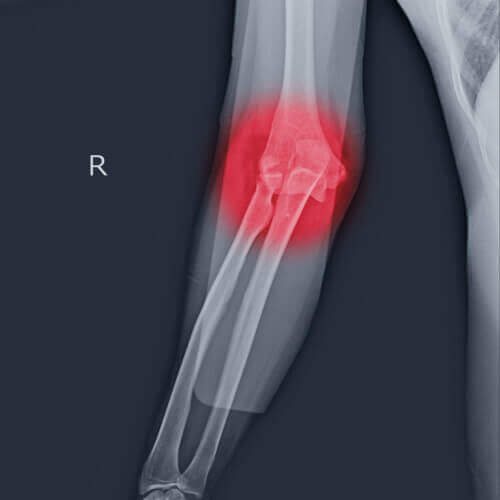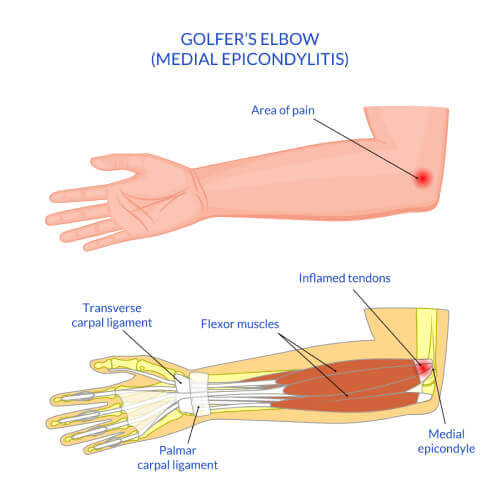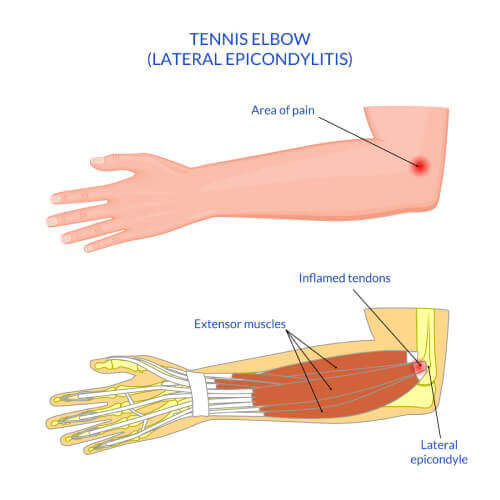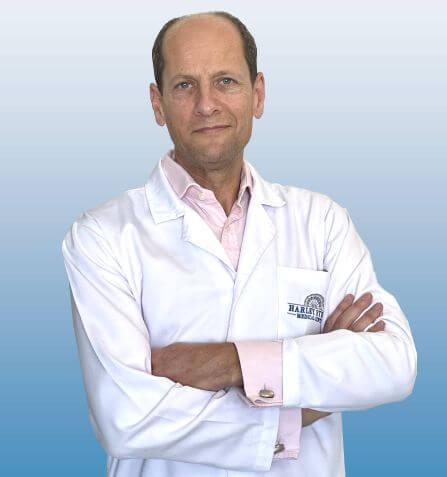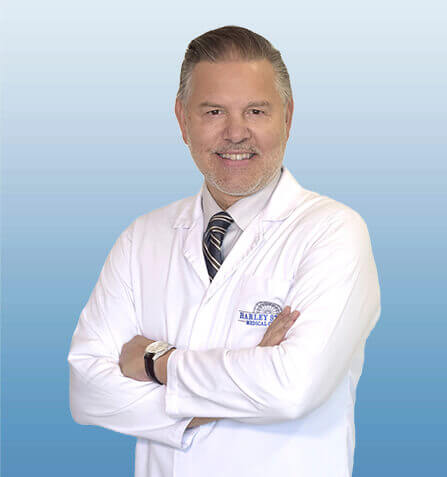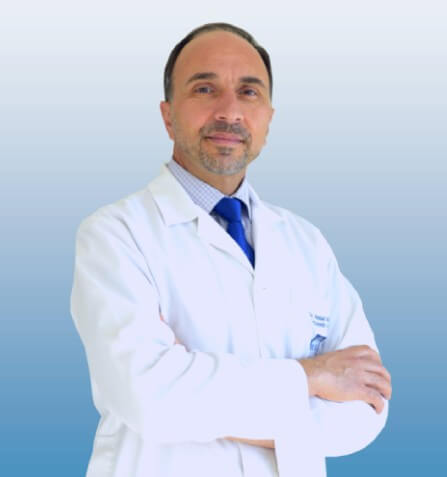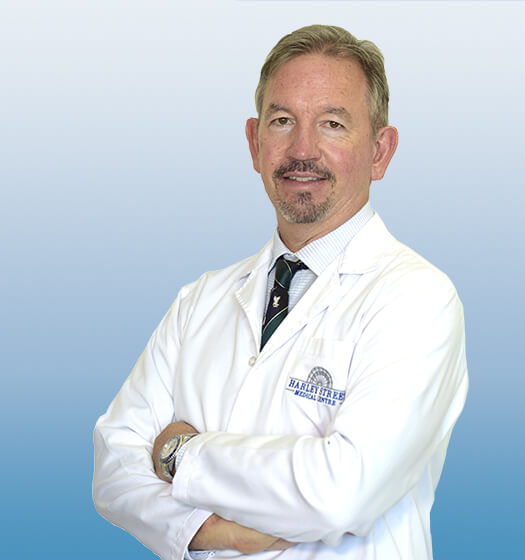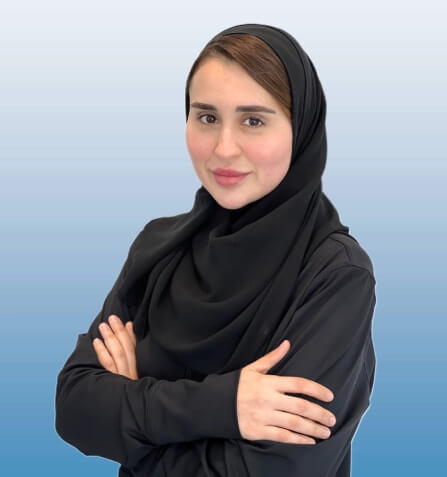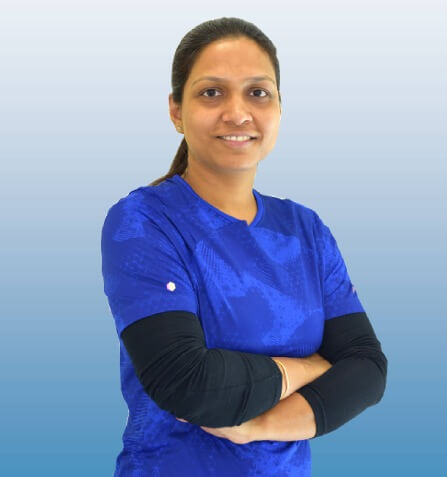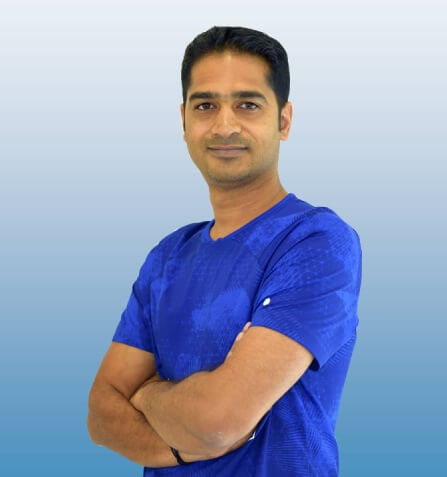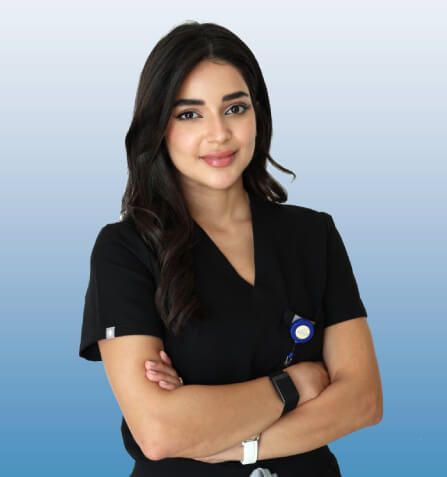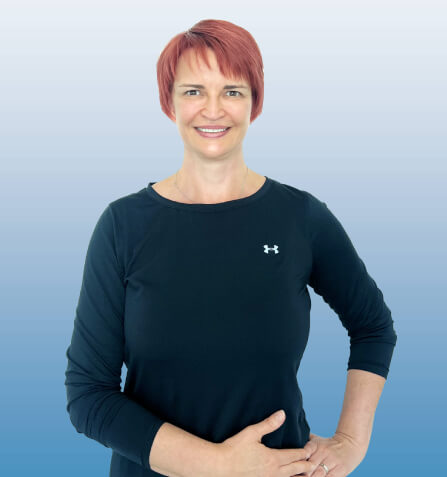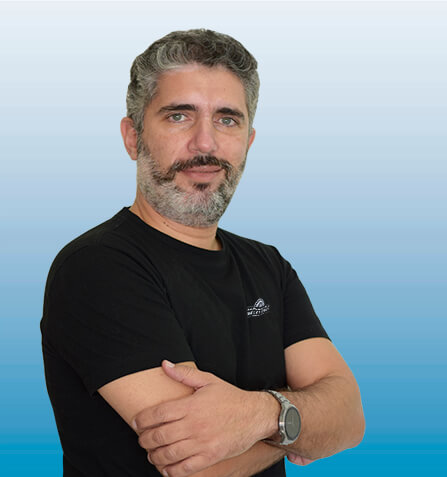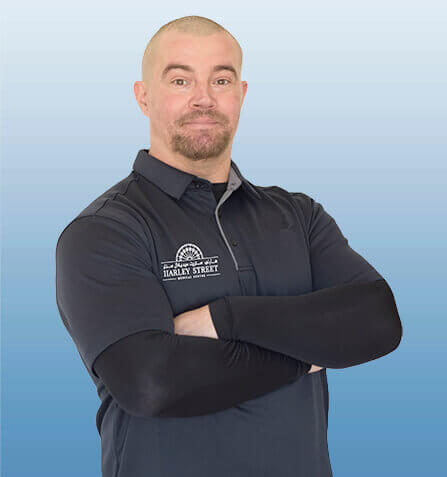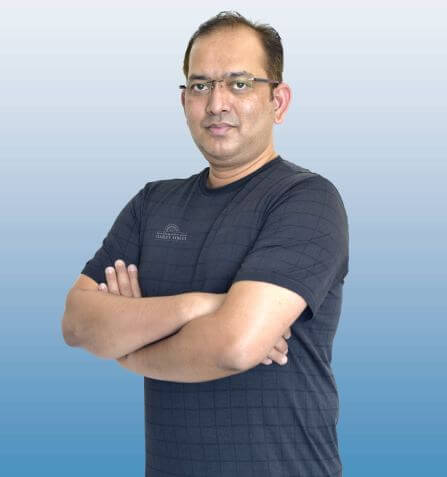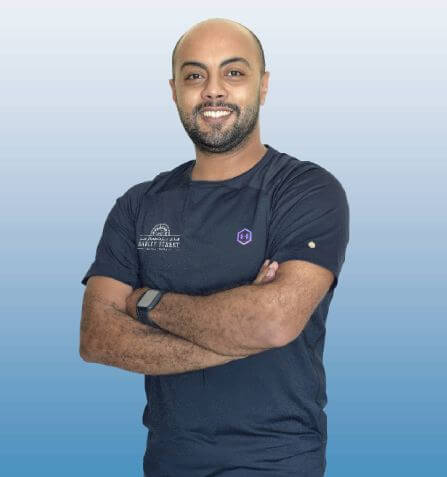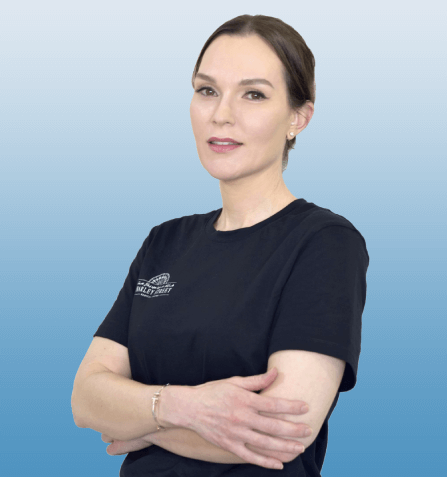ELBOW
CONDITIONS
TREATMENT
- ELBOW ARTHROSCOPY
Elbow arthroscopy, also referred to as keyhole or minimally invasive surgery, is performed through tiny incisions to evaluate and treat several elbow conditions.
The Elbow is a complex hinge joint formed by the articulation of three bones – humerus, radius and ulna. The upper arm bone or humerus connects the shoulder to the elbow forming the upper portion of the hinge joint. The lower arm consists of two bones, the radius and the ulna. These bones connect the wrist to the elbow forming the lower portion of the hinge joint.
The three joints of the elbow are
- Ulnohumeral joint, the junction between the ulna and humerus
- Radiohumeral joint, the junction between the radius and humerus
- Proximal radioulnar joint, the junction between the radius and ulna
The elbow is held in place with the support of various soft tissues including:
- Cartilage
- Tendons
- Ligaments
- Muscles
- Nerves
- Blood vessels and
- Bursae
Indications of elbow arthroscopy:
Elbow arthroscopy is usually recommended for the following reasons:
- Debridement of loose bodies such as bone chips or torn cartilage tissue
- Removal of scar tissue
- Removal of bone spurs: These are extra bony growths caused by injury or arthritis that damage the ends of bones causing pain and limited mobility.
Arthroscopy is also used for the:
Treatment of osteoarthritis, rheumatoid arthritis, and a condition called osteochondritis dissecans where loose fragments of cartilage and bone are in the joint space.
Evaluation and Diagnosis:
Your surgeon will review your medical history and perform a complete physical examination. Diagnostic studies may also be ordered such as X-rays, MRI or CT scan to assist in diagnosis.
Surgical Procedure
Arthroscopy is a surgical procedure in which an arthroscope, a small soft flexible tube with a light and video camera at the end, is inserted into a joint to evaluate and treat a variety of conditions.
Elbow arthroscopy is commonly performed under general anesthesia as an outpatient procedure. The patient is placed in a lateral or prone position which allows the surgeon to easily adjust the arthroscope and have a clear view of the inside of the elbow.
Several tiny incisions are made to insert the arthroscope and small surgical instruments into the joint. To enhance the clarity of the elbow structures through the arthroscope, your surgeon will fill the elbow joint with a sterile liquid.
The liquid flows through the arthroscope to maintain clarity and also to restrict any bleeding. The camera attached to the arthroscope displays the internal structures of the elbow on the monitor and helps your surgeon to evaluate the joint and direct the surgical instruments to fix the problem.
At the end of the procedure, the surgical incisions are closed by sutures, and a soft sterile dressing is applied. Your surgeon will place a cast or a splint to restrict the movement of the elbow.
The advantages of arthroscopy compared to traditional open elbow surgery include:
- Smaller incisions
- Minimal soft tissue trauma
- Less post-operative pain
- Faster healing time
- Lower infection rate
Post-operative care:
The post-surgical instructions include:
- Make sure to get adequate rest.
- Raise your elbow on pillows above the level of the heart to help reduce swelling.
- Keep the incision area clean and dry.
- A compressive stocking may be applied from the armpit to the hand once the dressing is removed to decrease pain and increase range of motion.
- Your doctor will prescribe pain medications to keep you comfortable.
- Physical therapy will be ordered to restore normal elbow strength.
- Eating a healthy diet and not smoking will promote healing.
Complications:
The possible complications following elbow arthroscopy include infection, bleeding, and damage to nerves or blood vessels.

